

Introducing the 2024 RAM 1500
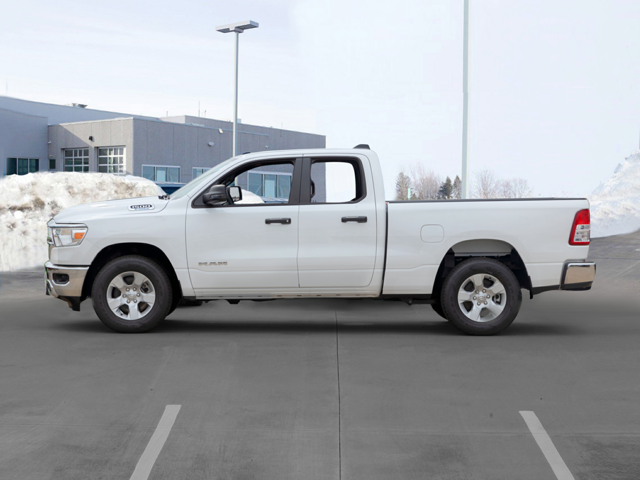
The 2024 RAM 1500 is a full-size truck that provides unparalleled performance and available four-wheel drive in a stylish design that seats up to six. As a popular choice for drivers here at your local Atascosa RAM dealer, this edition also offers impressive driver-assist features and in-cabin technology that can enhance every journey, whether you’re running errands around town or taking your adventures cross-country or off-road.
Muscle Meets Versatility
You have your choice between three powerful engines with this edition: a 3.6-liter V6, a 5.7-liter V8, and a 6.2-liter V8. The V6 generates 305 horsepower, giving the vehicle a 7,730-pound maximum towing capacity – perfect for both work and play. If you need more strength, you’ll find a best-in-class 12,750-pound tow rating offered by the smaller V8, which produces 395 horses and comes with fuel-saving eTorque technology.
Read the rest of this entry »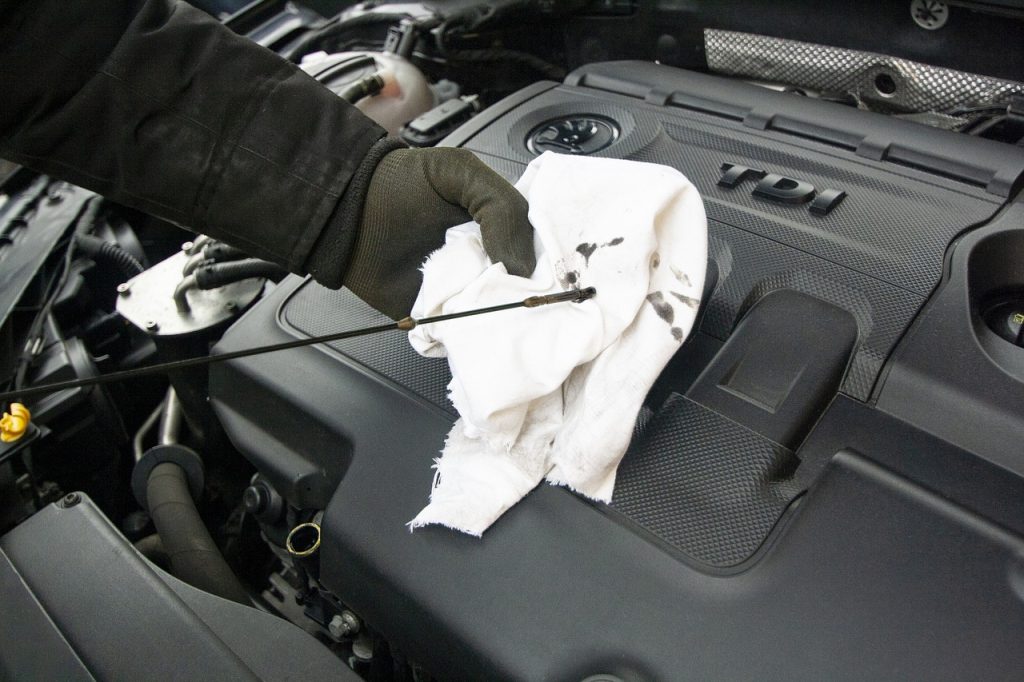
One of the most important routine vehicle servicing jobs for any car owner is having the oil changed. If you allow your motor oil to age, diminish, or degrade, the resulting friction could cause overheating that may significantly damage your car’s engine. If you’re wondering how often to have your motor oil refreshed, here’s a brief guide to follow. If you have more questions, you can also contact us at Allways Atascosa CDJR for all your car care needs.
Twice a Year Is a Good Rule of Thumb
Most drivers can keep their engines perfectly healthy with biannual oil servicing every six months or so. If the engine isn’t being taxed by excessive use, severe climate conditions, or extreme driving habits, then this interval should be fine.
Read the rest of this entry »10 Common Car Problems and How to Fix Them
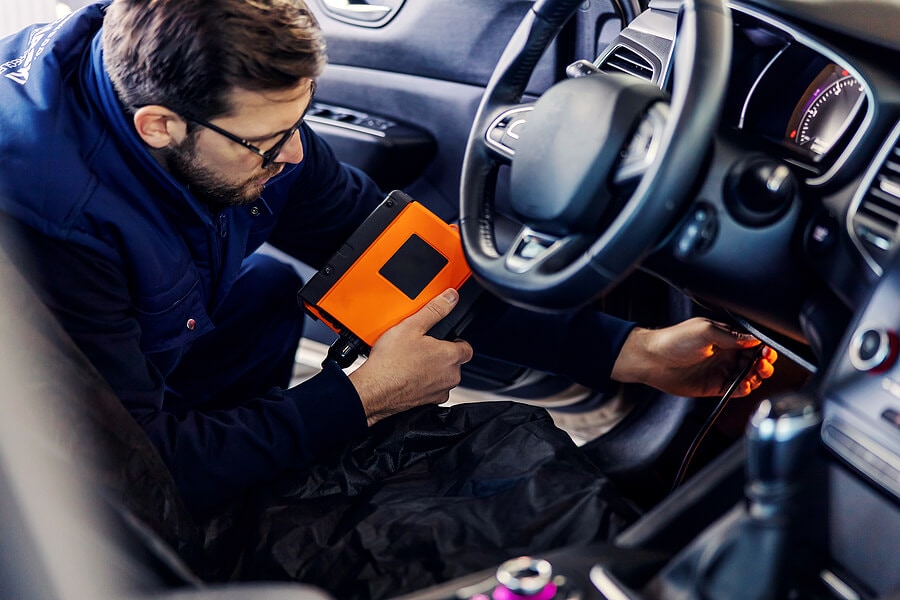
Understanding 10 Common Car Problems
- Flat Tire. Typically due to a puncture, a flat tire is a commonplace yet inconvenient issue. Having the skillset to change a tire is practically non-negotiable for any driver. Regularly inspect your tires for wear or damage to prevent sudden blowouts.
- Dead Battery. The culprits behind a dead battery can range from adverse weather conditions to battery age or an accidental leaving-on of lights. If you jump-start the car, take it to a service station for battery evaluation or replacement. Regularly check your battery’s health, especially during winter, to avoid such situations.
- Overheating. An overheating car typically signifies issues within the cooling system. Replacing the thermostat, radiator, or water pump may be necessary, or you might need a coolant flush. Regularly monitor the temperature gauge while driving, and if your car consistently runs hot, seek professional help.
- Brake Problems. Ignoring worn-out brake pads can lead to expensive rotor or drum replacements. Changes in brake performance are not to be neglected, and any irregularities should be checked immediately. Regular brake inspections can help identify issues before they worsen.
- Faulty Ignition Switch. If your car fails to start, the ignition switch could be a problem. This issue usually requires professional intervention. Regularly inspecting the ignition system can help spot issues early and prevent sudden breakdowns.
- Failed Emission Test. Dirty air filters, faulty oxygen sensors, or malfunctioning catalytic converters can cause your vehicle to fail an emissions test. Regular maintenance, including timely air filter replacements and system checks, can help avoid this problem.
- Oil Leaks. Noticing a puddle of oil under your car indicates an oil leak, which can cause significant engine damage if overlooked. Regularly check your driveway or garage floor for any signs of leaks, and regularly monitor your car’s oil levels.
- Transmission Issues. Trouble shifting gears is often a tell-tale sign of transmission problems, which usually calls for professional repair. Regular servicing, including oil and filter changes, can prevent these issues from cropping up.
- Steering Problems. If you encounter steering problems or your car persistently pulls to one side, it could be a suspension issue. Regular wheel alignments and suspension checks can prevent this from becoming a serious problem.
- Check the Engine Light. This warning light is often a distress signal for various potential problems, from something as simple as a loose gas cap to more severe issues like a failing catalytic converter. A diagnostic tool can help pinpoint the exact problem, allowing you to take necessary action.
The Importance of Regular Repair and Maintenance
Dive Deeper into Car Troubleshooting
?
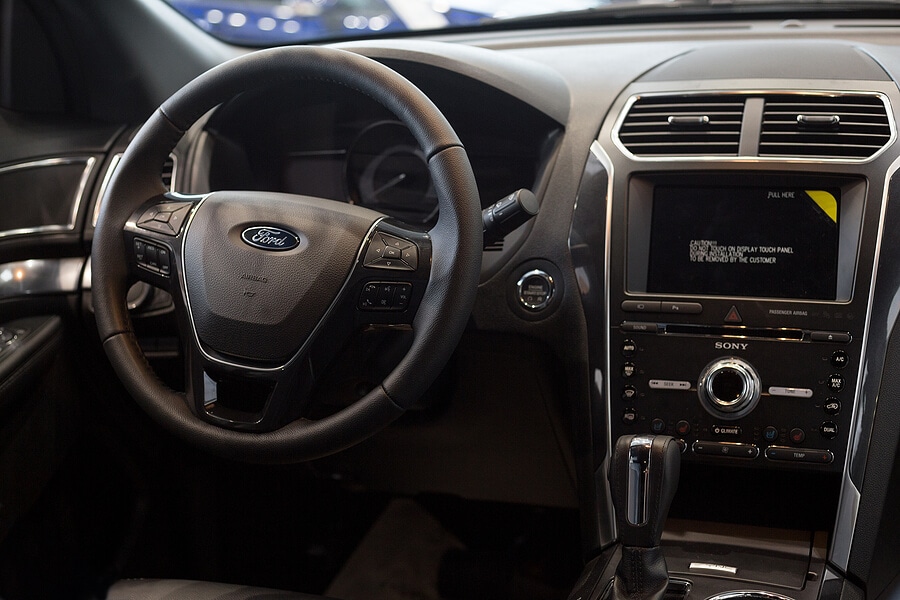
1. Airbags
2. Seatbelts
3. Antilock brakes
4. Advanced technologies
5. LATCH
6. Tires
7. Backup camera

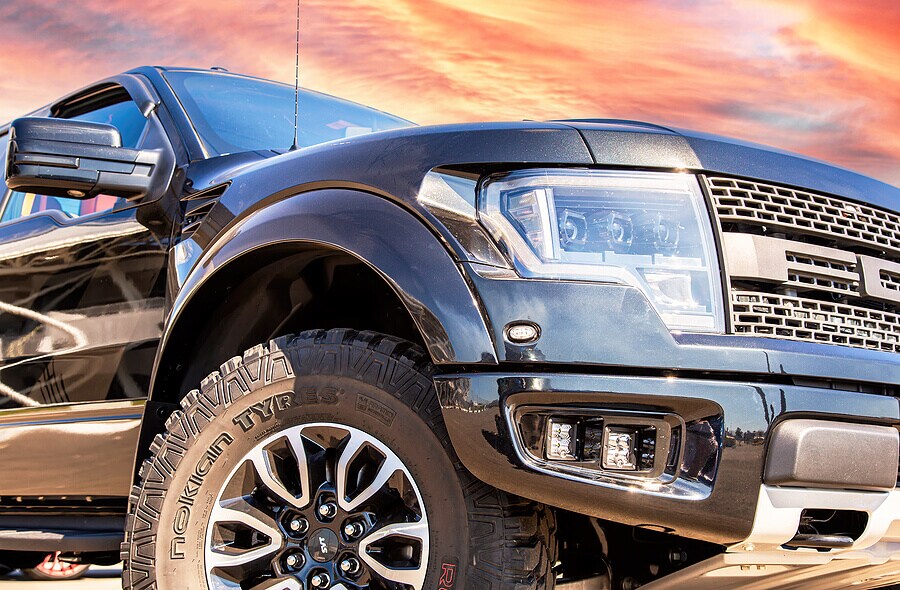
1. Purchase New Tires
2. Install a Backup Camera
3. Improve Your Car Speakers
4. Add Some Seat Covers
5. Mount a Dashcam
Taking It Slowly
- Create a list of the must have car accessories based on your and your family’s driving habits and preferences.
- Research each of the accessories you’ve listed to add a price range to your checklist.
- Rearrange your list based on the lowest price and which accessories you’d want first.
- Begin seeking out and making the car upgrades noted on your list one at a time.
The Top 10 Cars to Watch Out for in 2023

It should come as no surprise that we here at Allways Atascosa love our cars. This is why, in addition to knowing everything we can about the vehicles we sell, we like to keep track of where the industry is headed next.
This year, there’s a whole host of new and upcoming cars we’re looking forward to seeing on the road. With that in mind, we’ve assembled ten exciting cars to watch out for in 2023. Whether you’re in the market for a new vehicle or just love seeing what’s out there, this top cars 2023 list should give you a good idea of why the next few years will be good for the auto industry and drivers.
Ten Cars We Can’t Wait To See In 2023 And Beyond
-
The Volkswagen ID. Buzz
This is one of the new car releases that feels like a long time coming. Volkswagen’s modern EV take on its classic Microbus is finally hitting US shores next year. The base model will house a 201-horsepower single-motor drivetrain on release, but Volkswagen will eventually offer a 300-horsepower version.
-
The 2024 Ram Dakota
Once the name for Dodge’s entry into the mid-sized pickup truck market, Ram is set to breathe new life into the name with its answer to the Jeep Gladiator. It will sport the same underpinnings as the Gladiator but with a lower price tag and a much more Ram-appropriate look.
-
The 2024 Aston Martin Vanquish
Okay, so maybe this isn’t the most practical car to pick for this list, but it can’t hurt to dream a little. Looking to compete with other supercars like the Ferrari F8 Tribute and the McLaren 720S, the Vanquish will likely have a price tag upwards of $300,000 when it hits the market later this year.
-
The Dodge Charger Daytona SRT
Who doesn’t love a muscle car — especially when it’s better for the environment? The iconic Charger will be Dodge’s first electric vehicle, sporting a more modern look to match its modern insides.
-
The Chevrolet Corvette E-Ray
If muscle cars aren’t your thing, but you still want to have some electrified fun when you’re not driving your family car, the new Corvette E-ray might be up your alley. Details about this new hybrid model are scarce, but we should hear more as its release progresses.
-
The Dodge Hornet
Been eyeing up that Alfa Romeo Tonale but don’t want to shell out quite that much cash? The Dodge Hornet may be for you. It houses the same hybrid powertrain as its pricer brother and promises a drive at least as much of a good time. It’s not too shabby looking, either.
-
The Hyundai Ioniq 6
Using the same platform as the Ioniq 5 (as well as the Genesis GV60 and the Kia EV6), this model will offer a longer-range battery and a new look — at least on the outside. While the Ioniq 6 will eschew the SUV frame in favor of a sportier sedan look, the interior will still look the same.
-
2023 Mini Hatchback
A perennially popular choice, the new Mini Hatchback will offer several fun refreshes to look forward to. LED headlights and its famous Union Jack tail lights will now be standard — great news for all the anglophiles. There will also be a new multi-tone roof option to help you make your Mini your own.
-
The Ford Mustang
Returning to new takes on classic cars, the Mustang is getting another big update to its line, sporting a look that harkens back to its glory days while embracing the modern. Mustang’s new and old fans can look forward to this latest iteration.
-
The Jeep Wagoneer EV
We already love the Jeep Wagoneer, so we see no reason not to be excited about its electric sibling coming out this year. Unlike other plug-in SUVs, this won’t be a hybrid — it will be fully battery-powered. The Wagoneer EV boasts a range that’s pretty fantastic for a vehicle of its class — 400 miles on a single charge.
While we’re eagerly anticipating all the great options coming down the pipeline, we’re also pumped about what’s already on the road. There’s no need to wait if you’re in the market for a new (or used) vehicle. Let our team guide you to your perfect car today.

Buying a car, whether it’s your first or fifth, is always a big decision. With so many factors involved and mistakes you can make, the purchasing process can sometimes feel more like a harrowing obstacle course than a pleasant journey to your next car. You might wonder how you can be sure you’re making the right decision.
While you may never be 100% certain, there are ways to help you figure out what you want and become more confident in your decision. One of the easiest and best methods is to take your potential next car out for a test drive.
Why Test Driving A Car Is Always A Good Idea.
You can do all the research you want online and take whatever time you need to thoroughly examine a vehicle on the lot, but you still won’t get a feel for what it’s like to be behind the wheel of a car.
The test drive is where you can get a feel for how the car performs and how you feel in the driver’s seat. You might not like how it accelerates, or the seats might be too uncomfortable. You might not like the dashboard or discover it has too many blind spots. Or you might find that it fits you like a glove. But you won’t discover any of this without taking it out for a spin.
Do You Need Insurance To Test Drive A Car?
A test drive is not required if you purchase a car from a dealer. Every dealer is required to ensure its inventory, which means you’re covered.
How Old To Test Drive A Car?
You may assume that if you can drive, you can test drive, but that isn’t necessarily true. Drivers 18 and older can test drive cars, but if you’re younger than that, you will need a parent present.
How To Test Drive A Car
If you’ve never test driven a car before — or you have but didn’t feel like you got anything out of it — there are some things you should be aware of to ensure you’re making the most out of it.
The test drive doesn’t begin when you get behind the wheel but when you sit in the seat. Before starting the engine, put the car into accessory mode. This will light up everything on your dash and get the radio going. Ensure everything lights up and your car’s entertainment system operates correctly.
Adjust the seat and mirrors to your preference and get a good sense of the buttons’ locations. You may find you like certain placements, or you may find specific choices annoying. Pay attention to how the engine sounds when you turn the ignition key (or press the start button). If anything seems amiss, make a note of it. You’ll want to bring it up with the dealer or do some research on your own.
From there, you can get started driving. How do the gears feel, shifting from park to drive? How does the car perform when speeding up and slowing down? Are the brakes responsive enough? Are all the lights and blinkers working? Does the car feel cramped or too big for your liking?
Paying close attention to every detail is the key to a successful test drive. If you have strong preferences, consider whether the drive matches those preferences. While there might not be a car out there that gives you everything you want (especially within your budget), it’s up to you to decide which things are deal-breakers and what you can live with. The test drive can help you figure that out.
Make Sure To Take Your Time
Driving a car off the lot you haven’t bought can feel strange. You might feel like a teenager driving your parents’ brand-new car, worried about getting into trouble if anything happens to it. You might even be tempted to take it back quickly as a result. But you should take the time to relax and enjoy the drive. It’s the only way you’ll truly understand what it would be like to own it. Many dealers even let you take a car overnight to put it through its paces.
If this all sounds overwhelming — or if you’re ready to hit the road with a new test drive, our experts are here to help. Give us a call today.
How to Get the Best Deal on a New or Used Car

Buying a car can be an exciting experience. But one part that can be nerve-wracking is ensuring you get everything you want from the buying process. Everyone wants to get the best deal on a car; otherwise, they will drive away with regrets.
While some will try to convince you that getting the best deal on a car requires complicated mind games, it’s not that complex. Getting the car you want just takes a little prep work and confidence.
How Do I Know If I’m Getting The “Best Deal” On A Car?
To begin, it’s critical to understand what it means to get a “good deal” on a car. Does it mean getting the best new car offers handed to you without haggling? Or finding new cars deals that others don’t know about?
Not really. Getting the best deal on a car simply means getting the deal that works best for you. No two buyers, or their automotive and financial circumstances, are the same. So don’t worry about comparing your car buying experience to someone else’s. If you drive away from the buying process with a car and a price that meets your needs – that’s what matters.
There’s no magic answer for a great car deal. But there are simple steps to feel confident as you shop for your next vehicle. They’re steps that anyone can master.
Tips For Getting the Best Deal On A Car
1. Know what you want.
The car buying process is all about questions. Do you want a new vehicle, or do you want to go the used route to save a little money? What kind of car do you want?
It helps to go into the buying process with an understanding of what exactly you need so these questions don’t overwhelm you. List your most important features, such as the type of car you want, your ideal gas mileage, or safety features. Refer to this list throughout the buying process to keep you on track.
2. Research prices and discounts.
Feeling lost when you think about the car buying process? If you’ve never bought a car, you might initially feel intimidated. But part of getting the best deal on your car is being informed. If you understand the process, you’ll feel more confident.
Before you even enter the car lot, it helps to research what the process will involve. For instance, searching “how to buy a used car from a dealer” will guide you on the difference between buying a used vehicle and a new one. Or, if you’re thinking of trading in your vehicle for a new model, you might want to know how to prepare it for that process.
3. Plan your budget.
It’s important to know what kind of car you want; you should also know your financial situation before you begin buying.
Will you be buying your car outright or financing it with a loan? If you’re getting a loan, you’ll need to know the following: how much money will you use as a down payment on your car? If you’re getting a loan, you’ll need to know the following: how much money will you use as a down payment on your car? What’s the annual percentage rate, or interest rate, on your loan? And, ultimately, how long will it take to pay off your vehicle?
4. Negotiate confidently.
Negotiating car prices often seems like it requires secret power. But it comes down to knowing what you can and can’t negotiate.
For instance, you typically can’t negotiate down taxes or other registration fees. Those are set. But you can negotiate some major elements of the buying process, like the car’s price, dealer fees, trade-in price for your current vehicle (if you are trading it in), and add-ons. Armed with your list of must-haves and a financial plan in place, you should have a solid idea of your ideal car price and loan terms.
Getting the best deal on a car can be a relatively straightforward process. Contact us at Allways Atascosa for help getting the best deal for you.
Car Financing 101: Understanding the Basics

Picture it. You’re in the market for a car. And after weeks of searching and test driving, you finally find the perfect car for you. One important step left before you drive off the lot with the windows down and the wind in your hair: figuring out the financing. Yikes!
Does the thought of car financing fill you with dread? If so, you certainly aren’t the only one. Financing a car might feel intimidating, especially if it’s a new process. The good news? Car financing is relatively simple; all it takes is some basic knowledge before jumping into the driver’s seat.
What Does It Mean to Finance a Car?
First things first: what does car financing mean, exactly?
This refers to purchasing a car with the help of a loan. Of course, a loan isn’t your only option; you can purchase a car in full or even lease one. But considering the cost of a vehicle, most people opt for a car loan. It allows you to pay off your car little by little.
How Do Auto Loans Work?
What is an auto loan? You borrow a specific amount of money to help you purchase your car. You can get an auto loan from banks, credit unions, or the dealership. Then you pay back this loan, with interest, over a set time – usually three or four years (though this time frame depends on your specific loan).
Each loan has an APR, or annual percentage rate, which refers to the interest you pay on the loan. This is an important number to pay attention to; a lower APR means you will pay less over the life of the loan. It’s a good idea to compare rates on different loans and ensure you get the best rate possible.
Other numbers, like your credit score, matter when it comes to getting an auto loan. The better your credit score, the better loan rates you can get.
What Are “Secured” vs. “Unsecured” Auto Loans?
You may come across the terms “secured” and “unsecured” while exploring car loans and wonder: what exactly does this mean, and is an auto loan secured or unsecured?
Generally, these terms concern loan repayment and the consequences of not paying. A secured auto loan means that one stipulation is that your lender can take collateral – your car – if you miss a specific number of payments. In contrast, an unsecured auto loan prevents your lender from taking your car for missed payments.
Most car loans are secured. One advantage of these is that lenders are more likely to offer a lower interest rate on a secured loan since they have built-in collateral for missed payments. Unsecured loans, on the other hand, require a personal loan. These are frequently associated with higher interest rates and shorter repayment time frames. So while you can use a personal loan to purchase a car, be aware of any potential impacts on the cost of your vehicle.
What Does the Process of Financing A Car Look Like?
You might wonder what is the best option to finance a car or what the financing process will look like. The best financing option will depend on your needs, but keep in mind the following steps:
- Research the kind of car you want/need before shopping.
- Have a clear budget in place so you know how much you’ll want to spend.
- Know your credit score (and improve it if need be).
- Shop around to ensure you’re getting the best deal.
- Get preapproved for an auto loan so you’re ready to go.
- Know your monthly payment goal – but focus on the overall cost of the car.
Understanding these steps will give you a great starting point for finding and financing your vehicle. Remember that car financing doesn’t have to be complicated. Just a little research will set you on the right path.
Interested in finding the best deal on a new or used car? Contact us at Allways Atascosa. We’re happy to help with the car financing process at every step.








